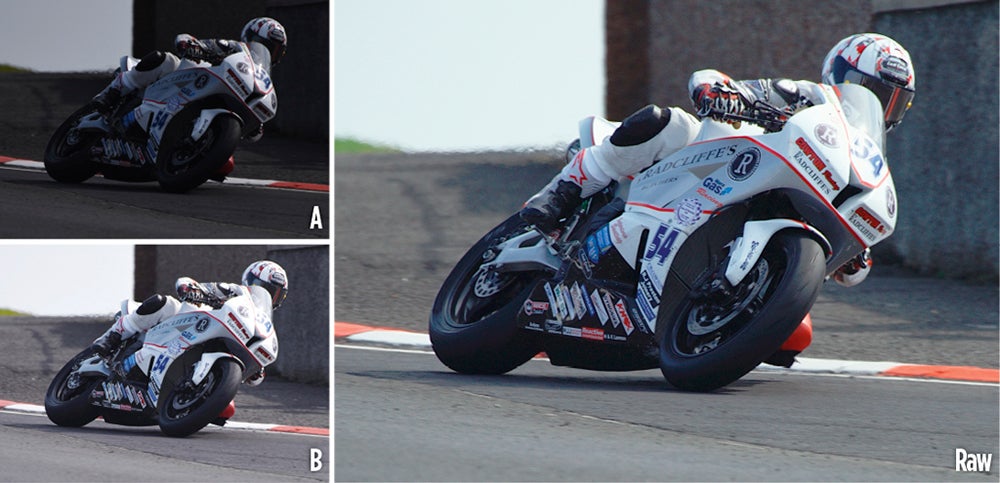Bob Newman explains why the JPEG format isn't perfect and why its proposed replacement is no better

The straight out-of-camera JPEG image is too dark (A). Brightening the JPEG file results in a better image (B), but the version processed from the raw file, which is richer and much less compromised, retains a lot more shadow detail
I was recently involved in a discussion about the relative merits of raw and JPEG file formats. In
some sense, this relates to the old photography question of whether one would keep the negatives or not. The JPEG file is essentially a processed version of the raw file, so everything that is in a JPEG file can be recreated from the raw file. However, if the perceived quality of the JPEG file is brought about by some special and unreleased magic in the JPEG processing, it might not be so easy to reproduce it, whatever the theory.
I have written before about my friend Iain and his fondness for his Leica X camera. Iain’s preferred workflow has in the past been based on raw files, but in the case of the Leica, the particular magic (apart from the quality of the lens) is in the quality of the JPEG files. These happen to suit his tastes, but there have been plenty of reviews that have not been as complimentary about them.
The problem here is that the JPEG files have distinct limitations. JPEG is an eight-bit-per-pixel/channel format, which means it can only record 256 different levels for each colour at each pixel location. This places a large constraint on what can be managed with respect to adjusting the image in post processing. If, for instance, your image is too dark and you try to brighten it, it is likely that there will be all kinds of colour artefacts caused by the lack of information in the shadows and highlights. The information was very likely present in the raw file, but it has been discarded in the processing to JPEG. This means that shooting for JPEG involves the kind of exposure management that went with colour slide film, and the effective exposure latitude is very small.
Some time ago I wrote about the JPEG 2000 (or JP2) standard – not surprisingly, published in the year 2000 – which overcomes more or less all the limitations of the original JPEG standard. Unfortunately, the JP2 file has become a historical curiosity, dormant for the past 16 years. The major reason for this is that no web browser supports JP2 files, so as an out-of-camera format it is of limited value in a world where many wish to post their images directly to social media. Thus, the web has stuck with the original JPEG format, and so have camera manufacturers.
Google has initiated a new move to change the formats of web images. As the provider of one of the most popular web browsers, Google should be in a position to replace JPEG. However, its candidate to replace the JPEG is a format called WebP. It is designed to offer more compression and higher final image quality than JPEG. However, it is still an eight-bit-per-pixel format, so, as far as a universal photographic file format is concerned, it is as limited as the original JPEG.
Bob Newman is currently Professor of Computer Science at the University of Wolverhampton. He has been working with the design and development of high-technology equipment for 35 years and two of his products have won innovation awards. Bob is also a camera nut and a keen amateur photographer.




